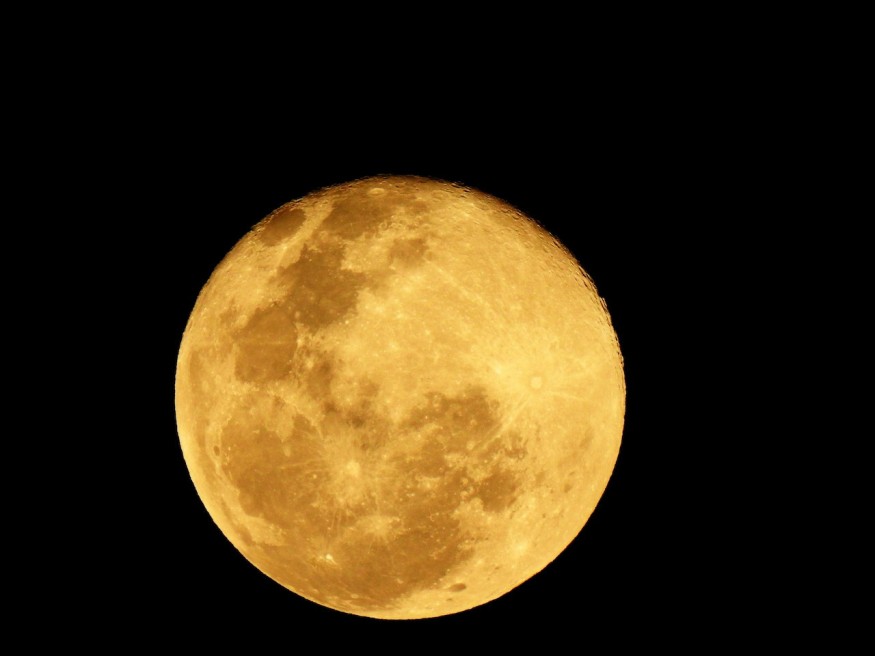The next full moon will appear on July 3, reaching the peak of its illumination at 7:39 a.m. ET. At that exact time, the moon will appear below the horizon, so the observers must wait until sunset to watch it rising in the sky.

The First Full Buck Moon of the Year
The full moon in July will also be the first full supermoon of 2023. This means the moon is significantly closer and, therefore, brighter than the average full moon. Also known as Buck Moon, this phenomenon will appear full Sunday night through Monday night. As a result, the night sky watchers will have the opportunity to observe the first full moon of summer.
The Buck Moon got its name from the list published by the Old Farmer's Almanac, which brought the names from several Native American, Colonial American, and European sources. The Native Americans designated names for full moons according to the time of the year.
The bucks or male deer get their antlers in full-grown mode during the early summer season. As the deer's antlers get lost every winter season, they regrown in the summer, getting bigger with each passing year. The Buck Moon in July is also referred to it as the Thunder Moon because it is also the season when thunderstorms begin. It has also gone by other names, such as Salmon Moon and Berry Moon. Interestingly, these names have one thing in common: the peak summer. During July, salmons travel upriver for harvest season, the berries ripen, and the thunderstorms become most prevalent.
Three new supermoons have been observed this year in January, February, and March. Four more full supermoons will be expected in 2023, including the Buck Supermoon in July, the Sturgeon Moon on August 1, the Blue Moon on August 30, and the Harvest Moon on September 28.
READ ALSO : Supermoon July 2022: Here's How to Watch the Full Moon From Any Part of Earth When It Peaks Next Week
What is a Supermoon?
The Moon revolves around the Earth along its elliptical orbit. Because of this shape, there are times when the Moon is closer to and farther from Earth as it goes around. The farthest point in this orbit is called apogee, where the Moon is about 253,000 miles away from Earth. Meanwhile, the closest point is called perigee, where the average distance between the two bodies is 226,000 miles.
On average, a full moon occurs at 238,000 miles from Earth. A full moon which appears at perigee, is slightly brighter and larger than a regular one. Hence, it is called a supermoon. Supermoons are known for being 16% brighter than an average moon.
A supermoon peaks less than 10 hours after it reaches its perigee. It was astrologer Richard Nolle who dubbed the name "supermoon" to new moons or full moons that occur when it is within 90% of perigee.
The full moon in July will occur at 224,895 miles away from Earth. The change in size will not be bigger, but the moon's brightness will be noticeable.
RELATED ARTICLE : Full Buck Moon Could Appear Blood Red Due to US Wildfires, Skies May Appear Orange-Tinted
Check out more news and information on Moon in Science Times.












